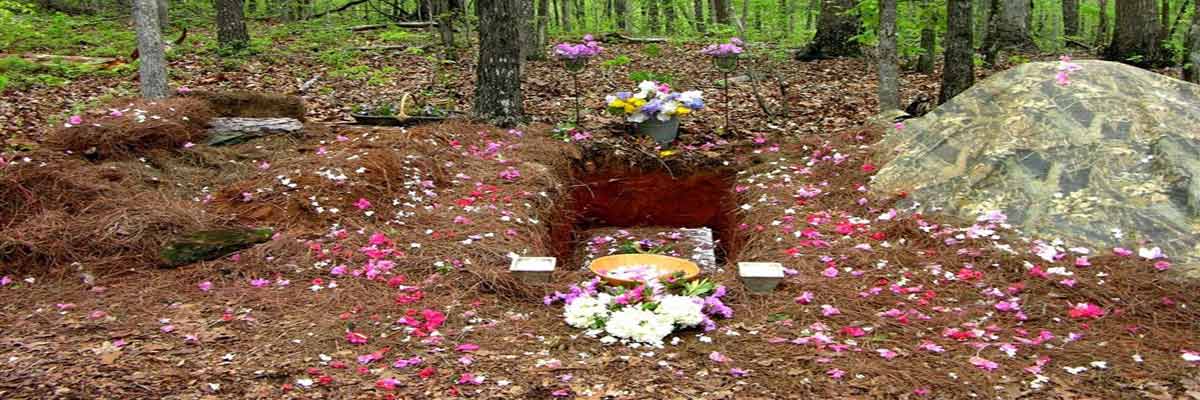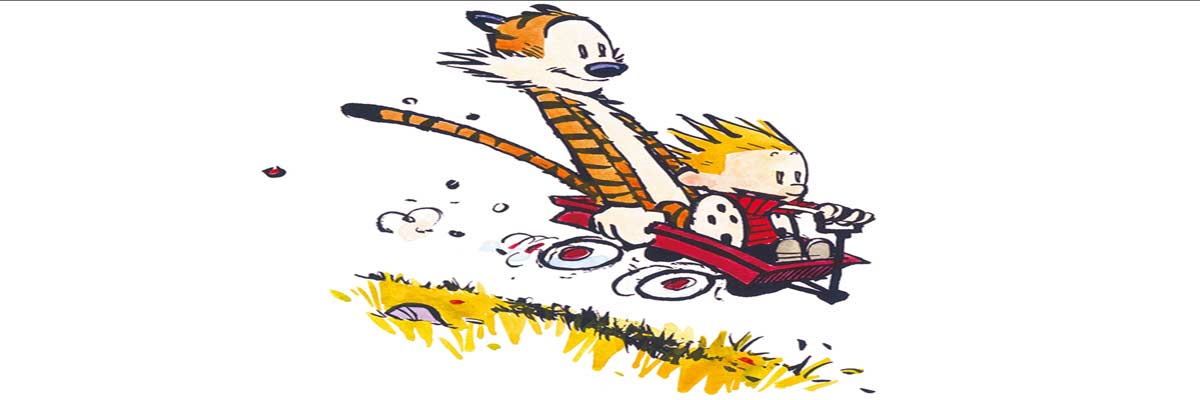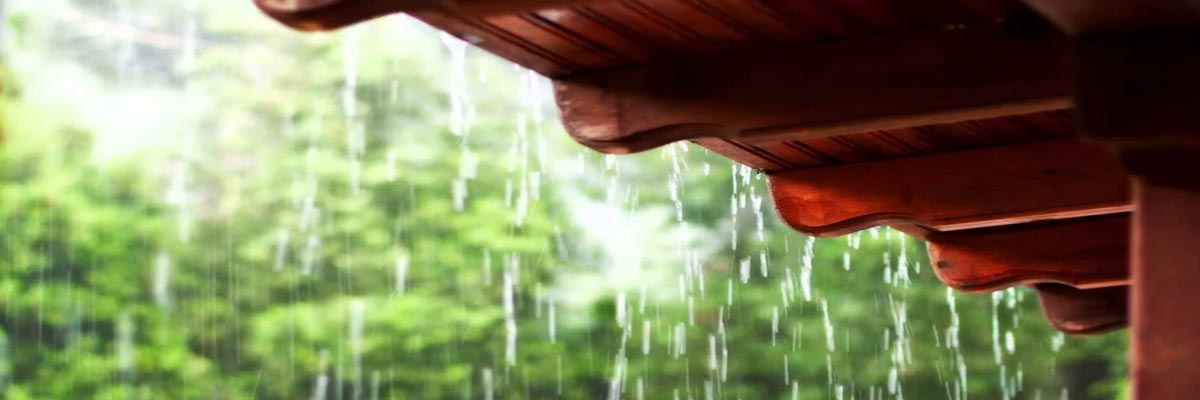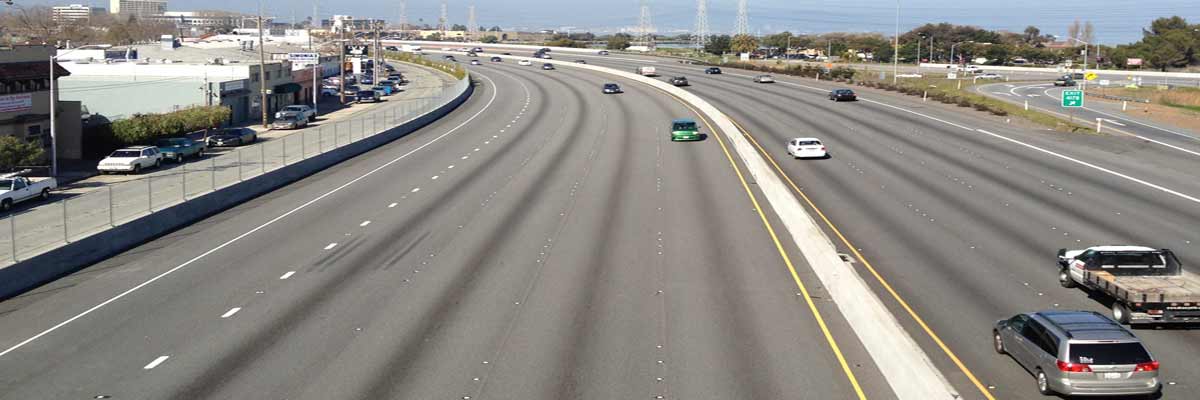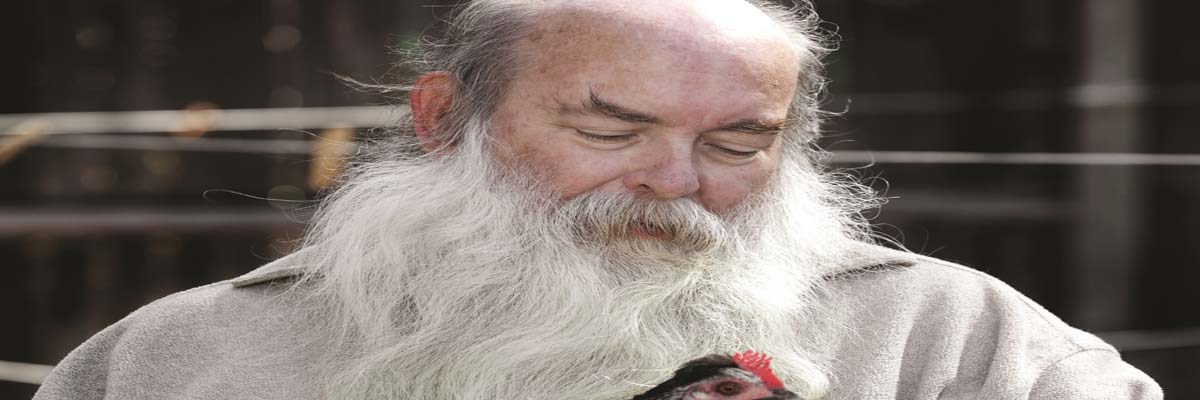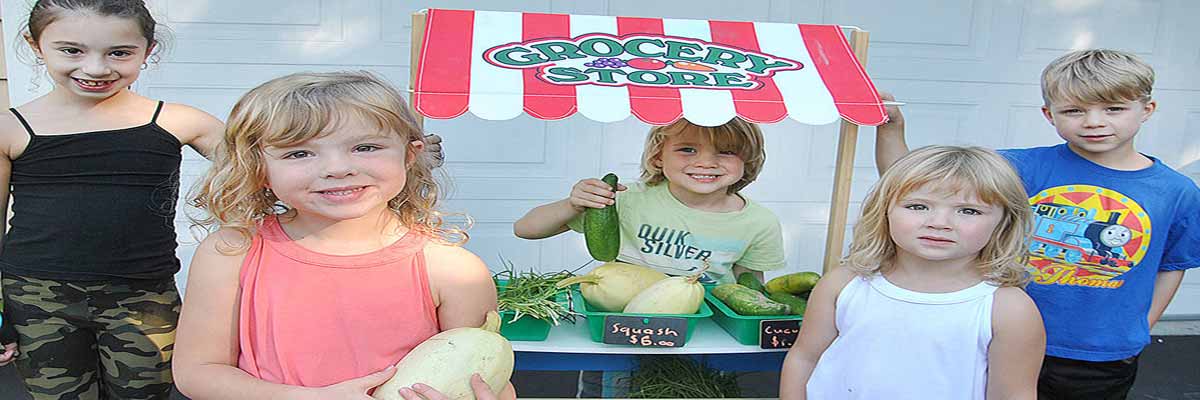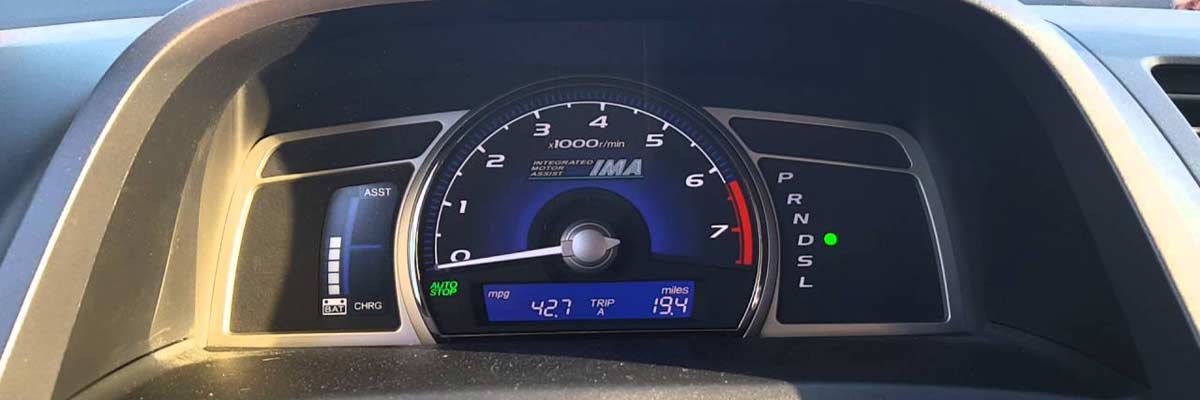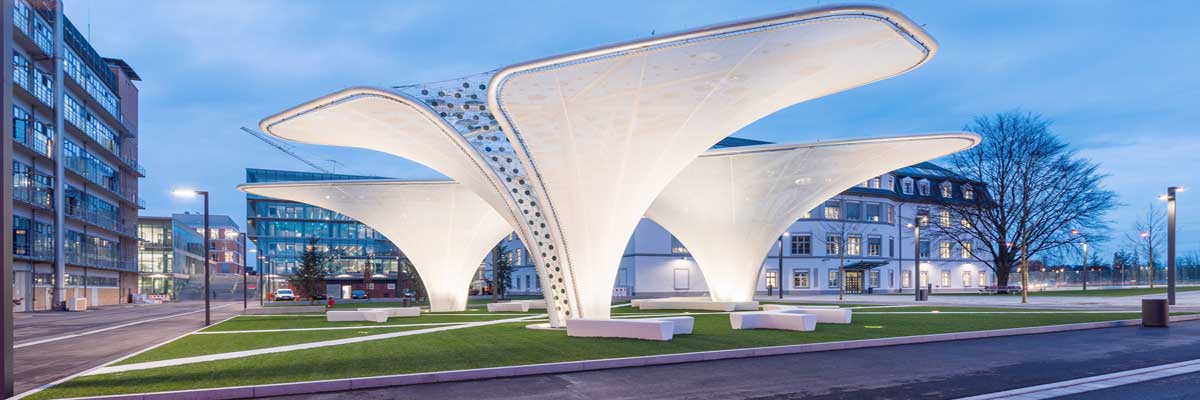Why Off-Shore Drilling Won’t Make A Dent in U.S. Consumption – Graphically Presented
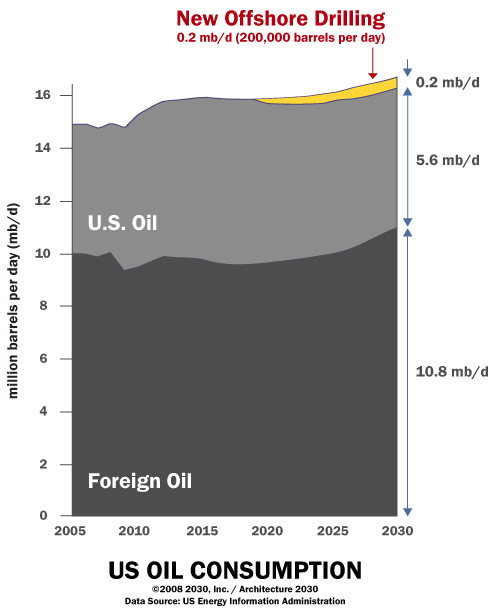
Saw this first at After Gutenberg, but it came via itsgettinghotinhere from a Architecture 2030 e-news bulletin.
A picture (or in this case, a graph) tells a thousand words.
Funeral Director Argues That Natural Burial Is Harmful To The Environment
You know you’ve been sniffing a little too much embalming fluid when you argue that natural burials are bad for the planet. And yet, that’s just what a funeral director from New Zealand did while participating in a debate on the topic during a town council meeting earlier last month.
Francis Day, of Marsden House Funeral Services, told the Nelson City Council that putrefaction of a body that was not embalmed would lead to higher toxicity levels in the surrounding soil to levels “which in many places would breach World Health Organization standards.” He continued that diseases and bacteria do not die when a person die but go right on living and could put “future communities at risk”.
Breaking News… from 1987
A Calvin & Hobbes strip from July 23, 1987 – over 20 years ago…
It’s a good thing that even a six-year-old imaginary character in the funny pages knew all about global warming way back then. I mean, just think – two whole decades of progress in mitigating… er… well…
Calvin… I’m sorry buddy.
Utah Residents and Businesses Do Not Own the Water that Falls on Their Property
Like Colorado, Utah has laws on the books that make it illegal to collect rainwater that falls on one’s property. A Utah car dealer installed a cistern and rainwater collection system to feed a on-site car wash that has water recycling technology. This was in an attempt to “go green”. He was thwarted by the state government, and eventually had to work out a deal. Local residents who collect rainwater will not be bothered at this point because “there are bigger fish to fry”.
It Is Time for the US to Sell Its Highways?
It’s difficult to imagine a person not having heard the old axiom “Buy low, sell high”, and it is prudent advice when you are making financial decisions. It’s the second part of that adage that might warrant a look at our strategy for infrastructure improvement in this country. If you are looking to make the maximum amount of money by selling something you want to sell that something when it’s at its highest value. I wonder then, is it time for our government to sell its infrastructure? You know, since the effects of Peak Oil are beginning to make themselves felt, the value of the infrastructure developed to serve cars running on cheap oil will decline each year into the future; starting soon. Selling high might mean selling soon.
Now, I don’t think we should sell all of it, by any means. We should keep the ports and the train lines, but is now a good time to start selling our roads, highways and airports? There has been news recently of other governments selling their infrastructure, and considering the value of these items in an energy scarce future I would contend that their value will never be higher. In fact, there is already plenty of news about airlines facing massive losses. (And starting to charge for baggage, pillows and normal drinks) How valuable will an airport be if we don’t have airlines? Or what if the ones we do have are marginally profitable? I say it’s better to sell now while the full force of Peak Oil hasn’t quite made itself felt.
An Interview With Bob Waldrop
This spring I had the pleasure of talking with Bob Waldrop as part of a series of interviews done for the forthcoming book A Nation of Farmers. Bob is a native, 4th generation Oklahoman, who was born and raised in Tillman County in southwest Oklahoma. His great-grandparents came to Oklahoma Territory before statehood. He is the founder of the Oscar Romero Catholic Worker House (which delivers food to people in need who don’t have transportation), the president of the Oklahoma Food Cooperative, and works as director of music at Epiphany of the Lord Catholic Church. He served on the founding board of directors of the Oklahoma Sustainability Network, and previously served on the Migrants and Refugees Advisory Committee of Catholic Charities. He is the editor of Better Times: An Almanac of Useful Information, which is distributed free. The 5th edition may be viewed at www.bettertimesinfo.org/2004index.htm. He is a member of the Oklahoma Food Policy Council. Although not presently active in the program, he has served as an Oklahoma County Master Gardener.
A big thank you to Sarah Louise Hartman for transcribing this interview.
Aaron Newton: Bob, could you describe the Oscar Romera Catholic Worker House, and the operations that you’re a part of there in Oklahoma City?
Eleven Year-Old’s Organic Veggie Stand Shut Down by California Mayor
I think that Joel Satalin can add another chapter to his book Everything I Want To Do Is Illegal after reading this story. I mean, really, a child’s veggie stand shut down for lack of permits? What’s next, no lemonade stands or car wash fundraisers?
ABC News via ABA Journal:
Call it a rite of passage: children by the roadside peddling their homemade goodies to adults who are more than eager to drop a few cents into a makeshift cashbox.
But Katie and Sabrina Lewis’ veggie stand, in the town of Clayton, Calif., where they sold homegrown watermelons for $1, has been shuttered by town officials who told the girls’ parents that their daughters’ venture violated local zoning ordinances.
“I think that they’re wrong,” dad Mike Lewis said of the town officials. “Kids should be able to be kids.”
Composting Organic Materials in a City
In my city our local waste management group picks up big plastic containers (which I call a Yardy) of yard waste material. This can be branches, leaves, grass clippings, etc. (Unbeknownst to my neighbors, I also pick up yard materials from their yardies, but that’s a different story…) Participation in this program is great, and it keeps all this material out of the land fill. The city mixes all this material together and turns it into compost which they then sell in 40 lb bags, or give away for free for personal use, if you have a truck to load it in. Paper products and kitchen waste can be recycled in our yardies, although almost no one knows that and it never seems to be highlighted.
San Francisco does a similar thing, although this Time article just mentions kitchen waste so I’m not sure about yard waste. I’m sure there are plenty of other cities that also do similar things.
Mileage Improvements By Driving Less And Driving Slower
Back in April, I began an exercise in driving less and driving with fuel economy in mind. What I learned surprised me. Simple, obvious steps made the most difference. I drive a 98 Oldsmobile Alero and before I began, I was getting about 27 MPG, now I am up to 34 MPG. That’s a 7 MPG savings, using simple steps anyone can do.There are groceries, banks and just about everything I need within walking distance from work, so as a rule, I drive to work, then I drive home and that’s it. I occasionally drive to run some errands (there is only so much walking one can do on a lunch hour).
I began turning off the car at train crossings, or when stuck in a traffic jam, but the biggest jump occurred after slowing down to 60 MPH. I went from 29 MPG to 34 MPG. That’s huge.
Also, I rode my bicycle over 120 miles in June, and I’m well on my way to matching that for July. That’s trips to the hardware store, bank, goodwill, and beer runs (all within about 3 miles of my house). At 34 MPG, bicycling alone has saved 3 1/2 gallons of gas, or almost a 1/3 of a tank. That’s amazing!
Second-Generation Solar Trees To Be Even More Awesome Than Real Trees
Much praise has been heaped upon designer Ross Lovegrove since his solar trees first debuted in Vienna in October 2007. Essentially a solar-powered streetlamp — but also a work of art — the structure creates, as the designer puts it, “complex natural forms in a city that can benefit all of society.” They also save energy — and have managed to survive Vienna’s dark spells, with light still being generated even after four days without direct sun. From the article,
“When we were setting up the tree outside it was quite wonderful,” Lovegrove said. “Even when we had one stem, it was incredible, it seemed so insignificant but actually it really stood out and it proves this point that modern technology and design can really lift people’s spirits, it becomes an eye catcher because it’s sort of out of context. The Solar Tree is just a streetlamp but actually some of the small things which can have a big impact on our life are all open for reinterpretation.”
With the first-generation lamps firmly planted on some of Europe’s most famous streets, Lovegrove is now planning on the next-generation design. It will be called the “Adaptive Solar Tree” and, just like the real thing, will feature robotics that seek out sunlight or respond to changes in weather.
